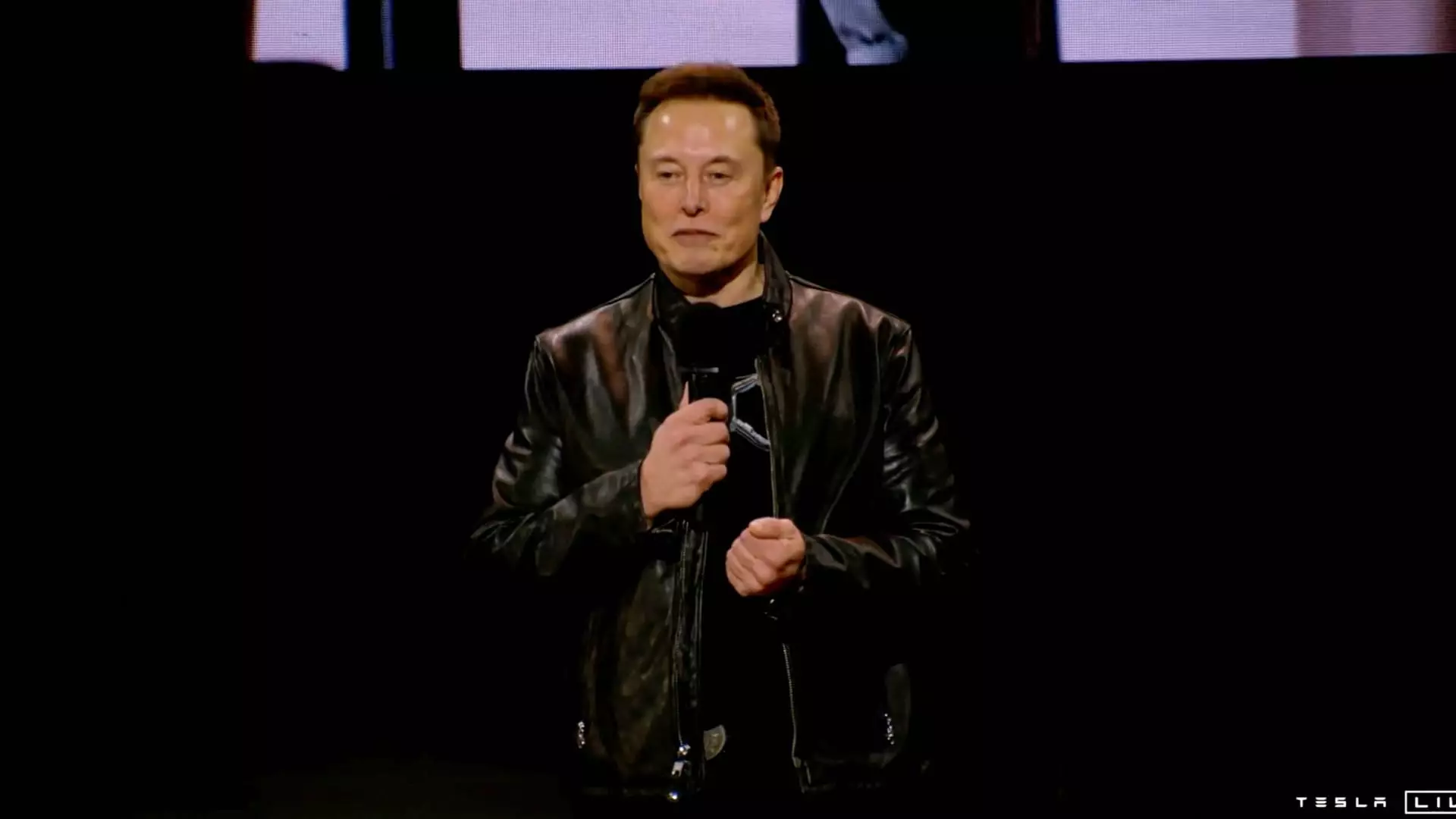Tesla, the electric vehicle manufacturer renowned for its innovative technologies, is under scrutiny for its misleading portrayals of its Full Self-Driving (FSD) capabilities. This concern, raised by the National Highway Traffic Safety Administration (NHTSA), centers on how Tesla’s social media narratives may contribute to driver misunderstanding and potentially dangerous behaviors. The issue is not merely a matter of corporate image; it is fundamentally about public safety and responsible communication in the rapidly evolving field of autonomous vehicles.
Gregory Magno, head of the NHTSA, articulated in correspondence to Tesla’s board that the company’s postings on platforms such as X (formerly Twitter) might create an exaggerated perception of the FSD capabilities, leading drivers to believe that their vehicles can operate independently without supervision. This premature impression could result in hazardous situations on the road, as drivers may disengage from the necessary attentiveness while using FSD. The distinction between fully autonomous driving and Tesla’s FSD feature—which still requires driver oversight—is crucial, and the potential for confusion among consumers is significant.
Furthermore, specific posts shared by Tesla hinted at using FSD in potentially irresponsible instances, such as while impaired or under medical distress. These portrayals could not only endanger individuals behind the wheel but also pose risks to pedestrians and other road users, thus amplifying the stakes of such communications. The NHTSA’s warning calls for a reevaluation of how Tesla conveys its technologies to consumers—urging the company to ensure that their messaging aligns with the functionalities actually provided by their vehicles.
The NHTSA’s investigation adds another layer to the ongoing discussions about the responsibility of automakers in ensuring public safety. As Tesla attempts to further establish its FSD system in the market, it must comply with regulatory expectations and be transparent about its technology. Failure to address the NHTSA’s concerns by the set deadline of December 18 could lead Tesla to face substantial financial repercussions, possibly amounting to nearly $136 million. Moreover, this scrutiny signifies a broader regulatory environment that is evolving in response to the rapid development of autonomous vehicle technology.
The company’s capacity to meet these expectations rests not just on legal compliance but also on ethical considerations. Ensuring that users fully understand the limitations of FSD could be vital in preventing future accidents and fostering a culture of responsible vehicle operation.
Elon Musk’s aspirations for Tesla transcend the realm of electric cars; he envisions an extensively automated transportation future. However, Musk’s pursuit of groundbreaking advancements must coincide with a commitment to user education and safety. For autonomy to flourish responsibly, open dialogue and accurate information dissemination are essential.
As awareness of these challenges grows within the public sphere, Tesla must take proactive measures in communicating the true capabilities of its FSD technology while adhering to safety standards set by regulatory bodies. The path forward requires a balance between innovation and responsibility—an imperative for Tesla as it navigates its role in the burgeoning autonomous vehicle landscape.

